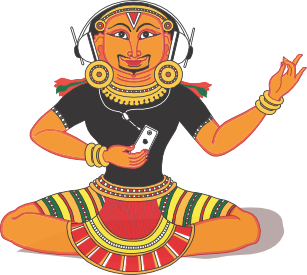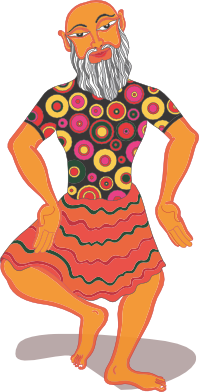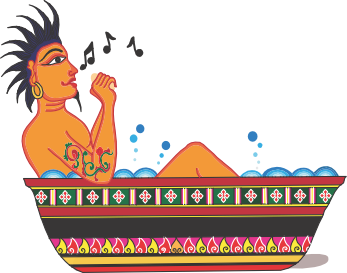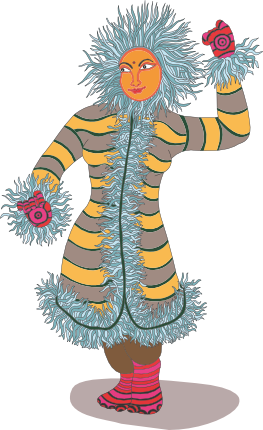




Classical dances of India are various art forms rooted in Nāṭya, the sacred Hindu musical theatre styles, whose theory can be traced back to the Nāṭya Śhāsthra, of Bharatha Muni (400 BC).
Dance in India, is rooted in an age-old tradition. This vast sub-continent has given birth to varied forms of dance, each shaped by the influences of a particular period and environment. These pristine forms have been preserved through the centuries, to become part of our present culture, a living heritage which is both our pride and delight.
In Indian culture, dance, music, poetry, painting and sculpture are all considered sacred and designed to illuminate the path leading to the ultimate reality or god-realization.
Indian classical dance was separated into three categories. The dance forms, performed inside the temples in accordance to the rituals were called Āgama Narthanam. This was a spiritual form of dance. The intellectual form of dance was performed in courts. These dance forms were accompanied by classical music called Karnāṭakam. The Dharbāri Āṭṭam was meant for the commoners to educate them about religion, culture and social life. They were performed outside the temple precincts in the courtyards.
Nurtured in temples, princely courts and villages, dance today, has moved into the auditorium, bringing joy to many more people, in far-flung regions. Earlier, The Indian classical dances were called different names. The British colonial authorities called any performing art form found in India, “Indian dance”. The word “Śhāsthrīya” was coined by the Sangīth Nātak Academy. Śhāsthrīya means classical.
A very important feature of Indian classical dances is the use of the Mudhrā or hand gestures by the artists as a short-hand sign language to narrate a story and to demonstrate certain concepts such as objects, weather, nature and emotion. Many classical dances include facial expressions as an integral part of the dance form.
The main styles of dances in India are: the Bharathanātyam, Kathakaḷi, Kūchipūḍi, Mōhiniāṭṭam, Kathak, Oḍissi and Maṇipūri. The latest addition to the list of classical dances is Satthrīyā.
|
Dance form
|
State of origin
|
|
Bharathanātyam
|
Tamil Nāḍu, Karnataka
|
|
Kathak
|
North Indian States
|
|
Kathakaḷi
|
Keraḷa
|
|
Kūchipūḍi
|
Āndhra Pradheśh
|
|
Maṇipūri
|
Maṇipūri
|
|
Mōhiniāṭṭam
|
Keraḷa
|
|
Oḍissi
|
Orissā
|
|
Satthrīyā
|
Assām
|